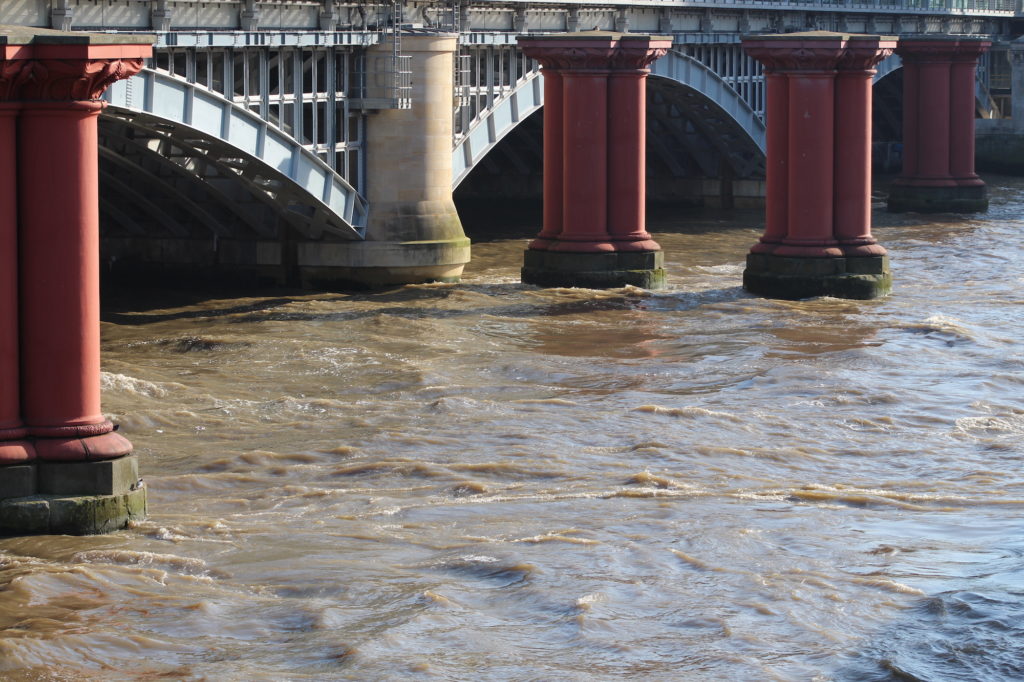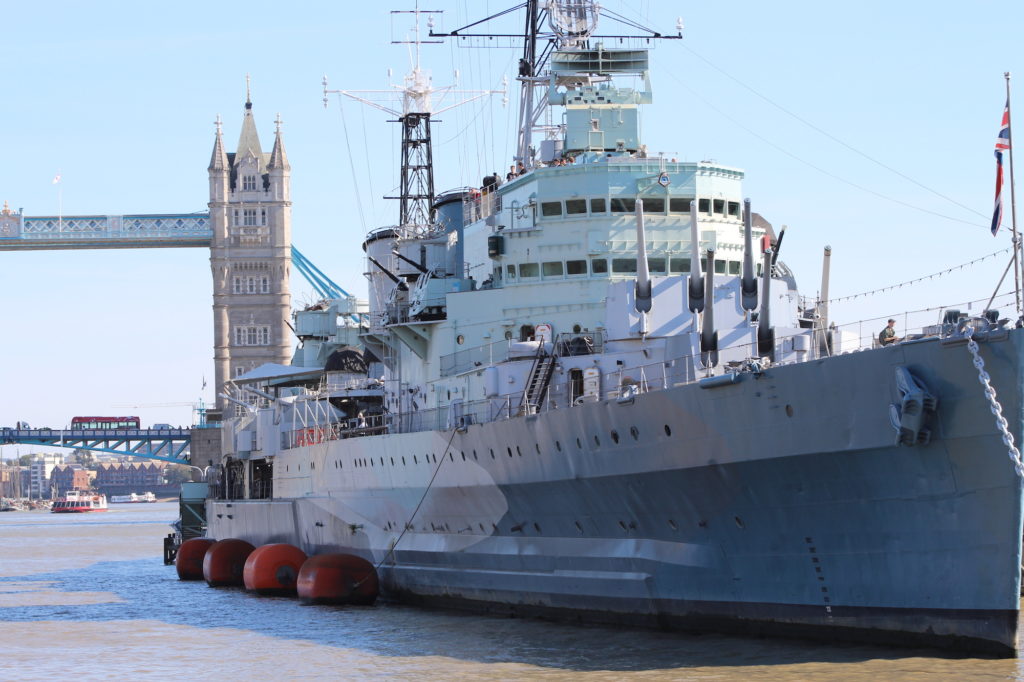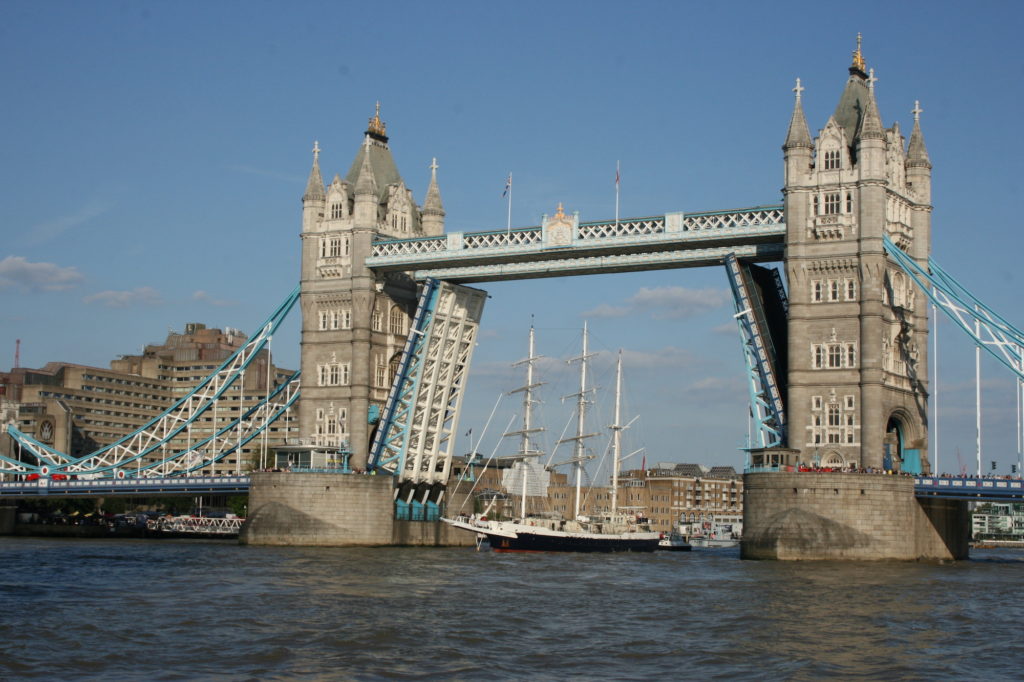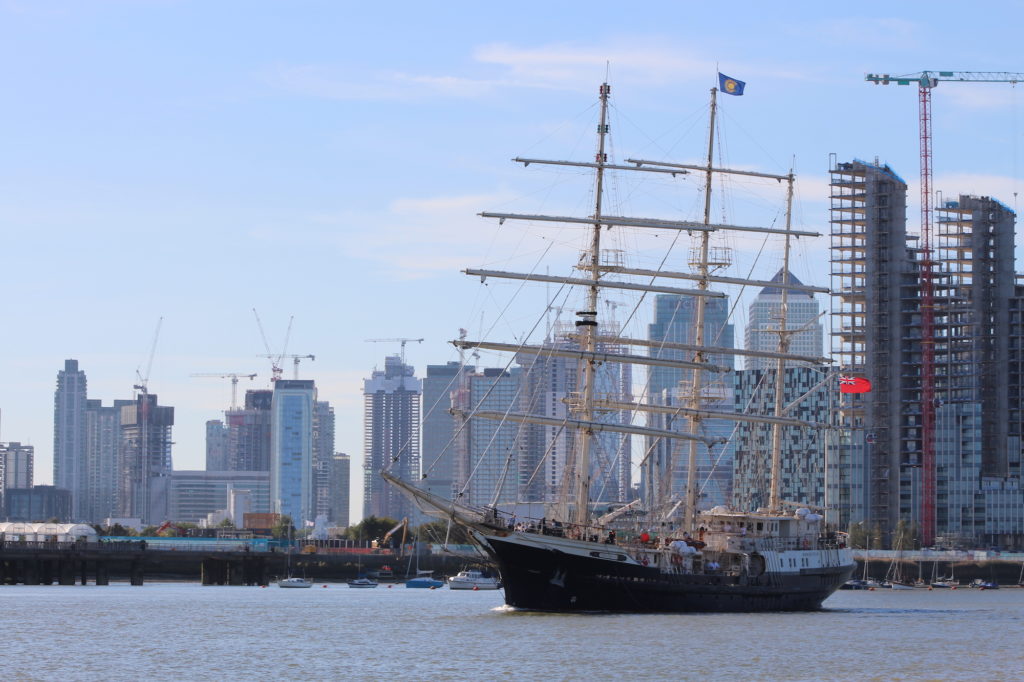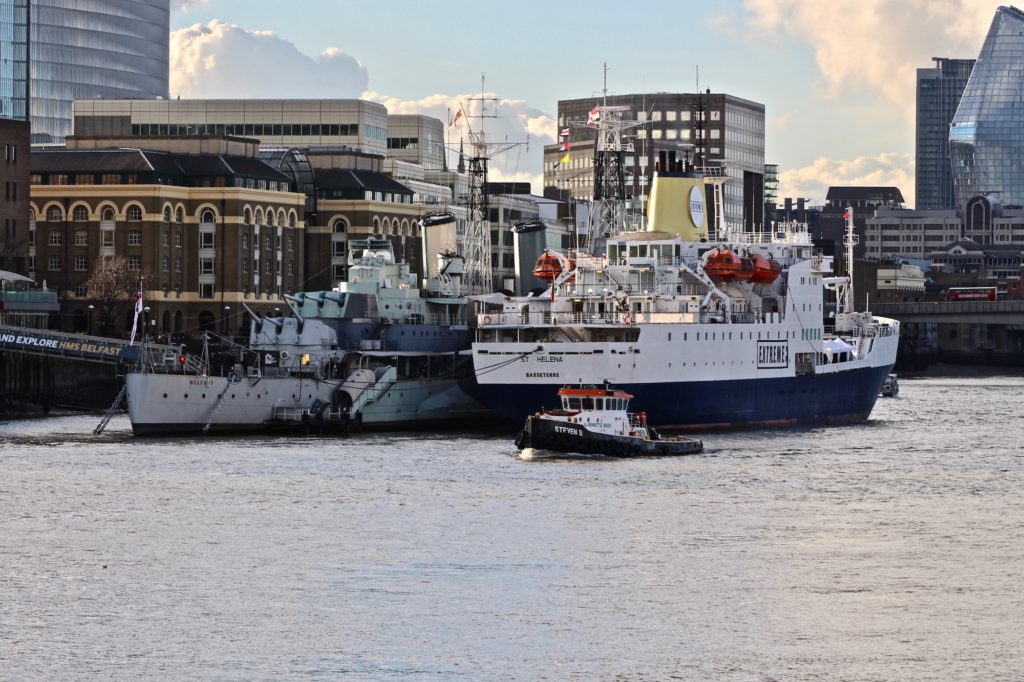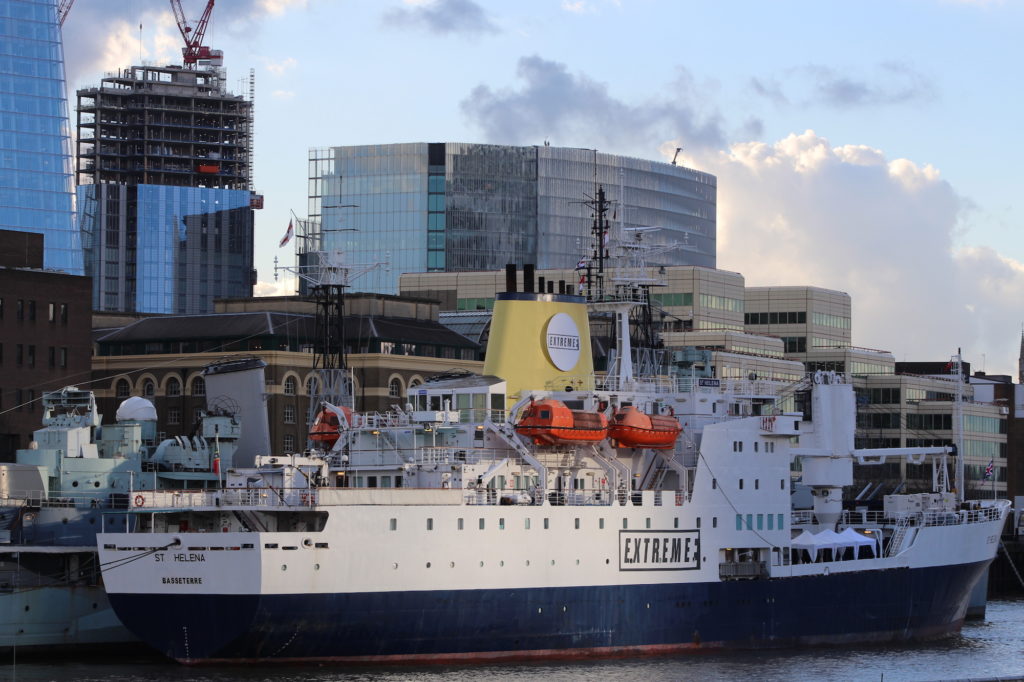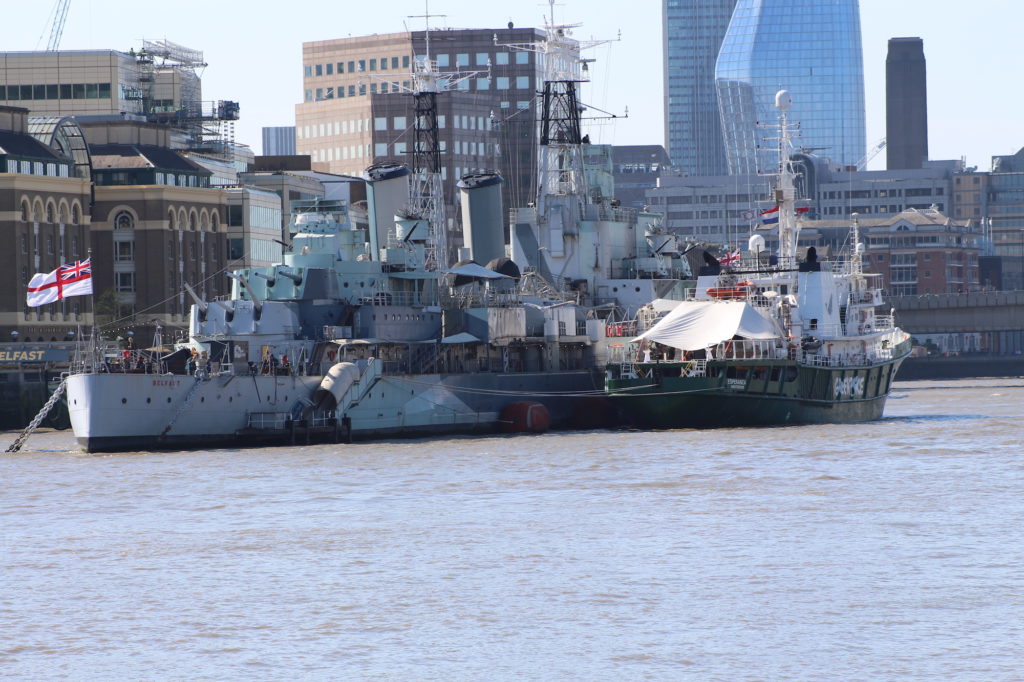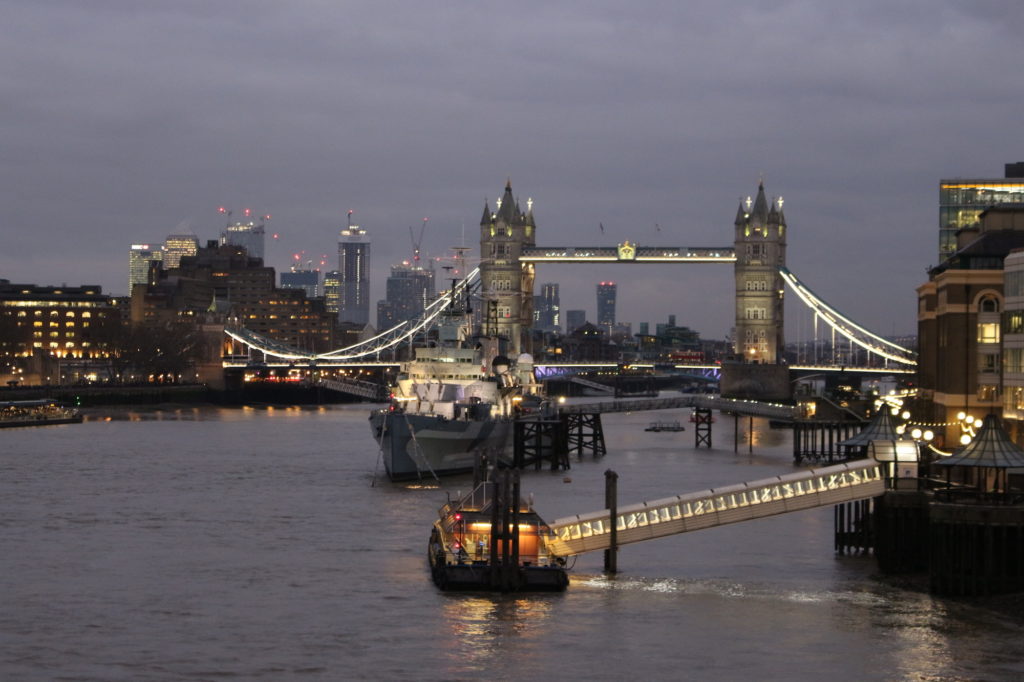The small workboats of the tidal Thames
Dwarfed by other vessels, construction sites and piers along the river, there is a fleet of small workboats, open topped or with a wheel house, navigating the river in all conditions. Unless you’re looking out for them, they can pass by un-noticed but their work is vital to smooth operations along the river.
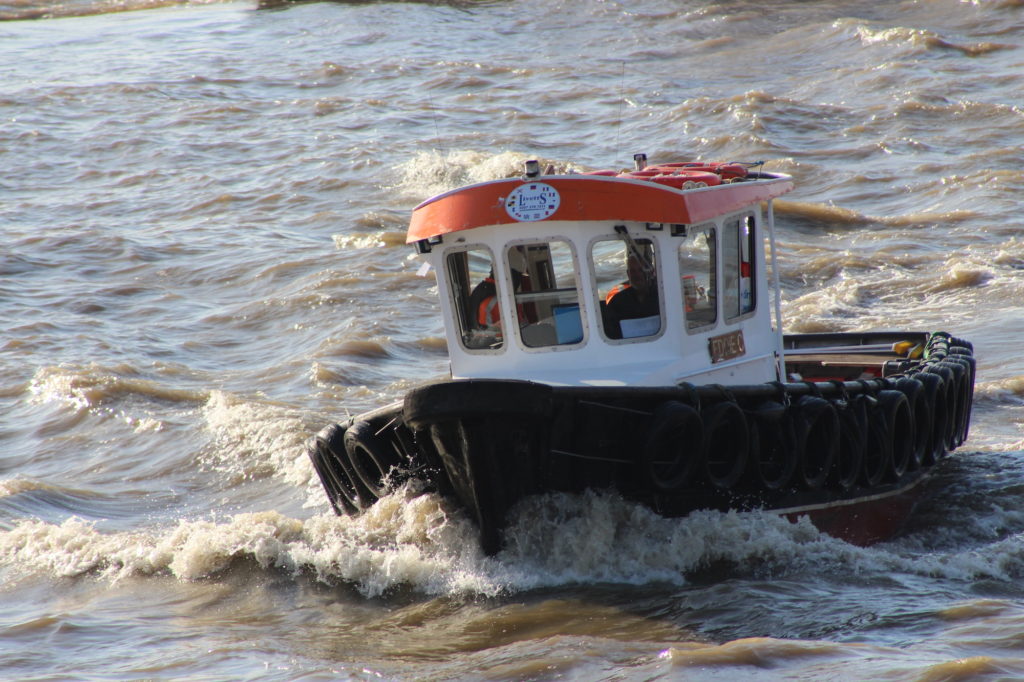
They fetch and carry people and goods; act as safety boats; serve as platforms for filming, PR work, surveys, structural inspections both above and below the waterline, and numerous other activities associated with the maintenance of buildings, embankments and structures along the river.
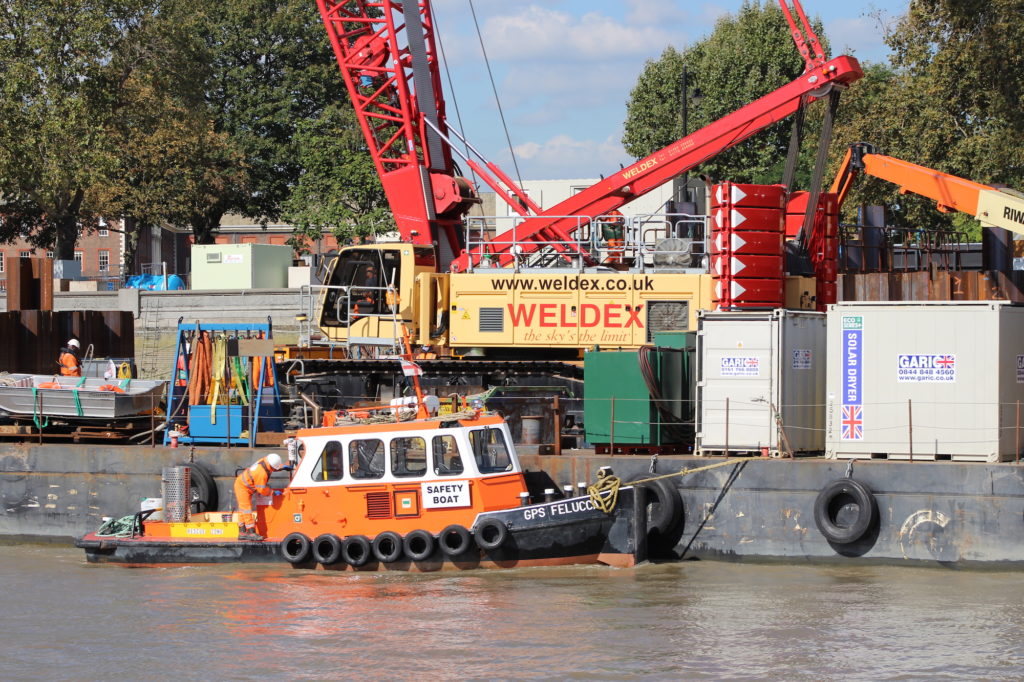
Some belong to particular pleasure boat cruise companies, working solely for them, ferrying skippers, mates and crew from a nearby pier to where their vessels are moored, and others are available for hire for long or short term.
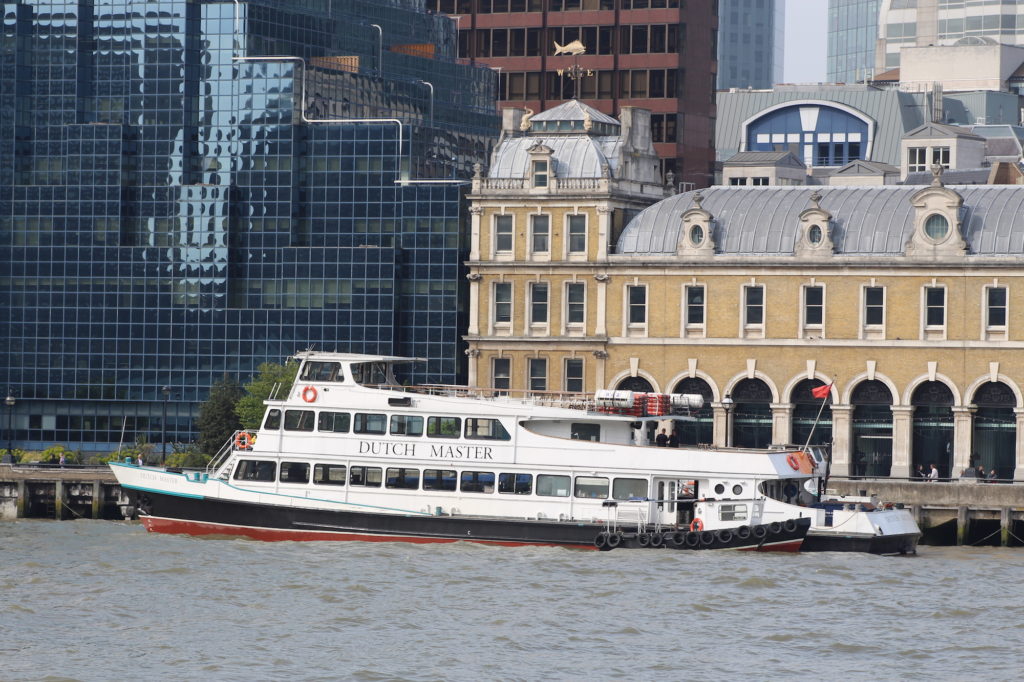
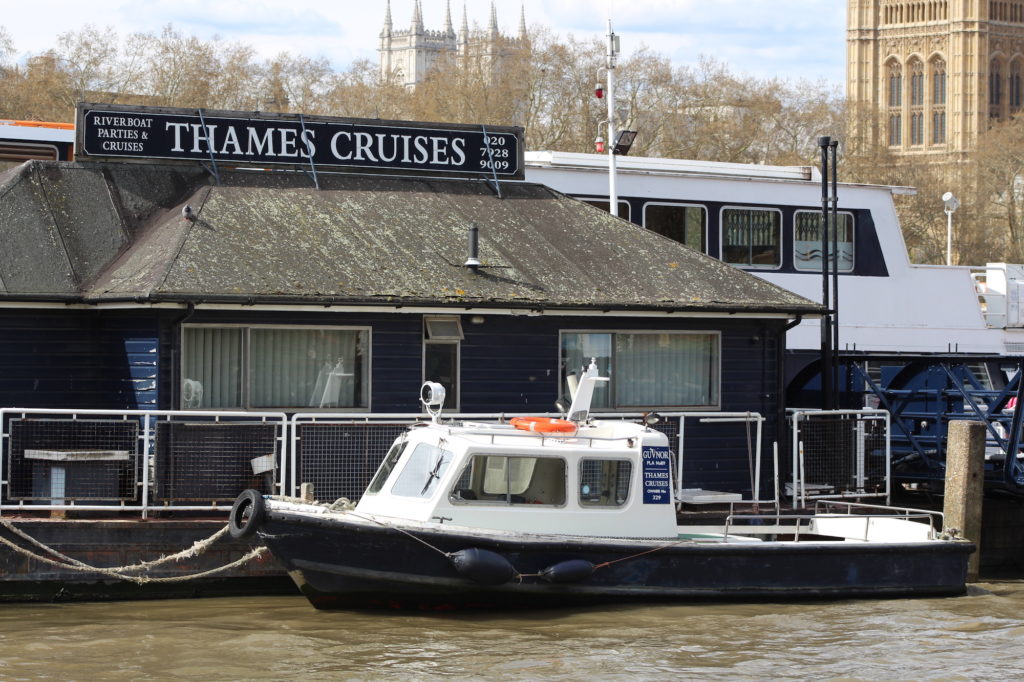
There are many active civil engineering projects along the tidal Thames but by far the largest is the Tideway Super Sewer for London, now 40 percent complete, which has twenty-four construction sites, all using small workboats along with the other vessels they need onsite or for deliveries.
Wal Daly-Smith, now Mate with Bateaux London Cruises, worked earlier this year as a safety boat skipper at the Blackfriars site. His boat, Diveco 1, assisted with diver operations and played a big part in the building of the cofferdam.
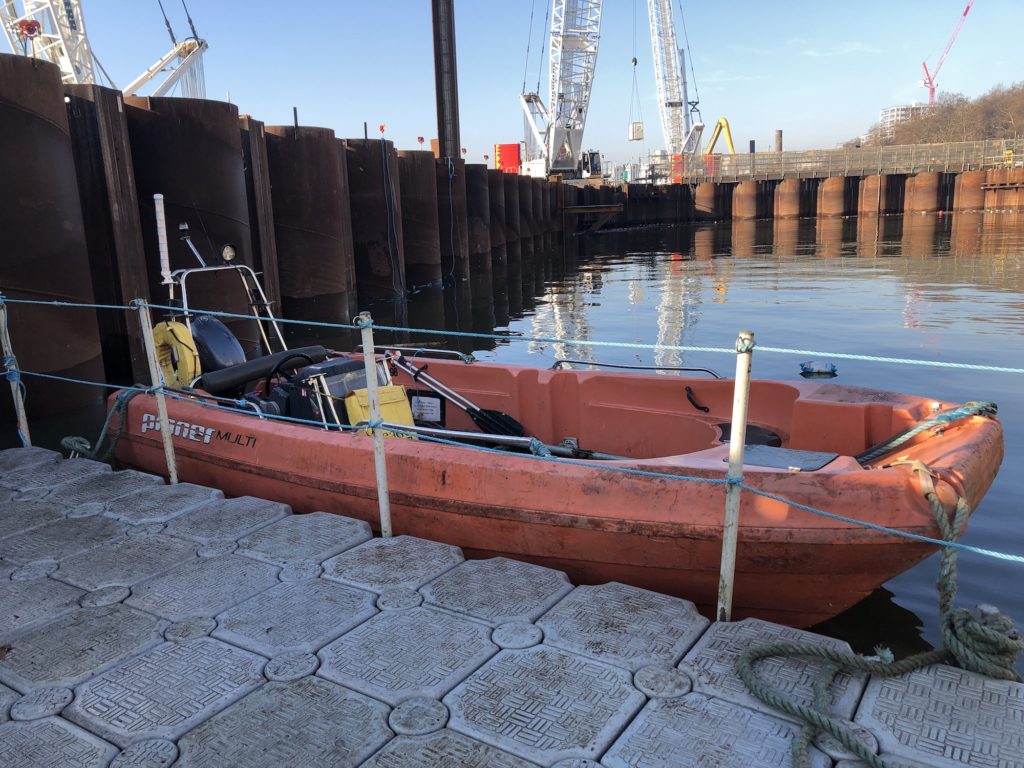
© Wal Daly-Smith See his Thames images @RiverLens
It was a complex job and as Wal explains, one of the main tasks he had was “to act as safety boat. The divers would be lowered into the water by crane and I would be on standby, a good distance away with my engine shut down. The divers also worked off a pontoon, which I would push around with the boat.” Their work involved welding and burning, all of this in extremely murky, dangerous underwater conditions.
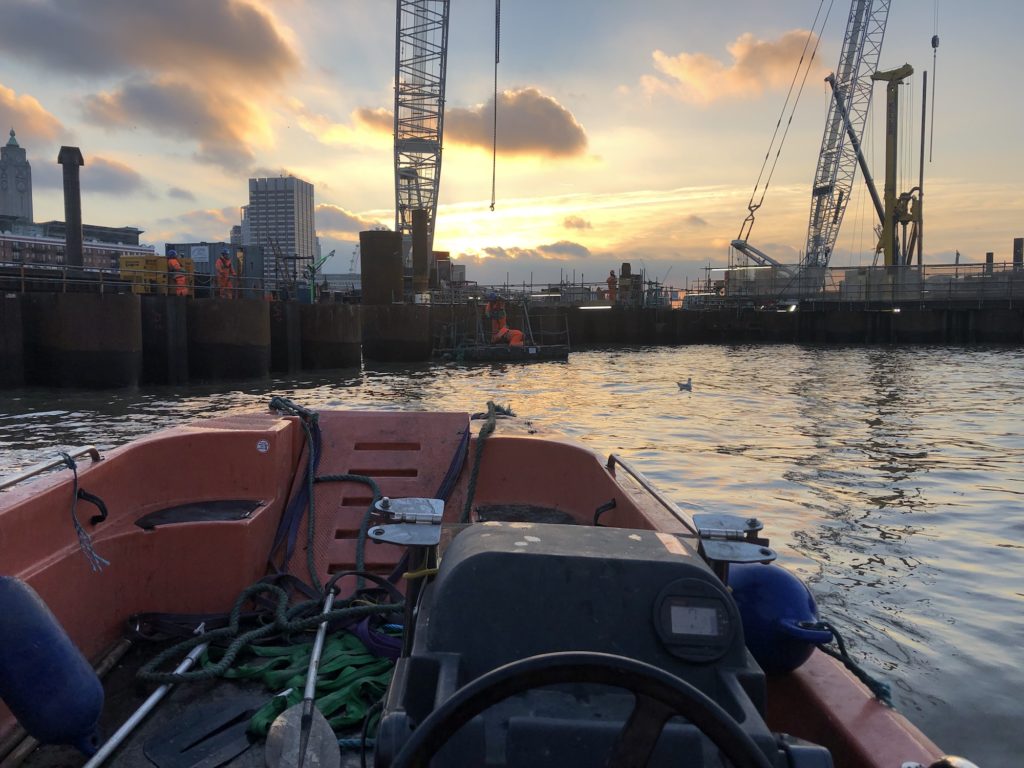
© Wal Daly-Smith See his Thames images @RiverLens
Wal also told me how the Diveco boat was used to help with rescuing fish trapped in the cofferdam as the water was drained out. “A zoologist from London Zoo took part ensuring the fish were netted in the correct way and freed back into the river on the other side”. Over 1,200 fish, of several different species were rescued. Here is yet further proof that there has been a spectacular renewal of marine life in the river since the dark days of 1957 when the Thames was described as “biologically dead” by the Natural History Museum.
After the fish were moved to safety, the boat assisted in the removal of thousands of tons of sludge. “I could feel the prop dragging through the thick silt once the cofferdam was drained,” he added.
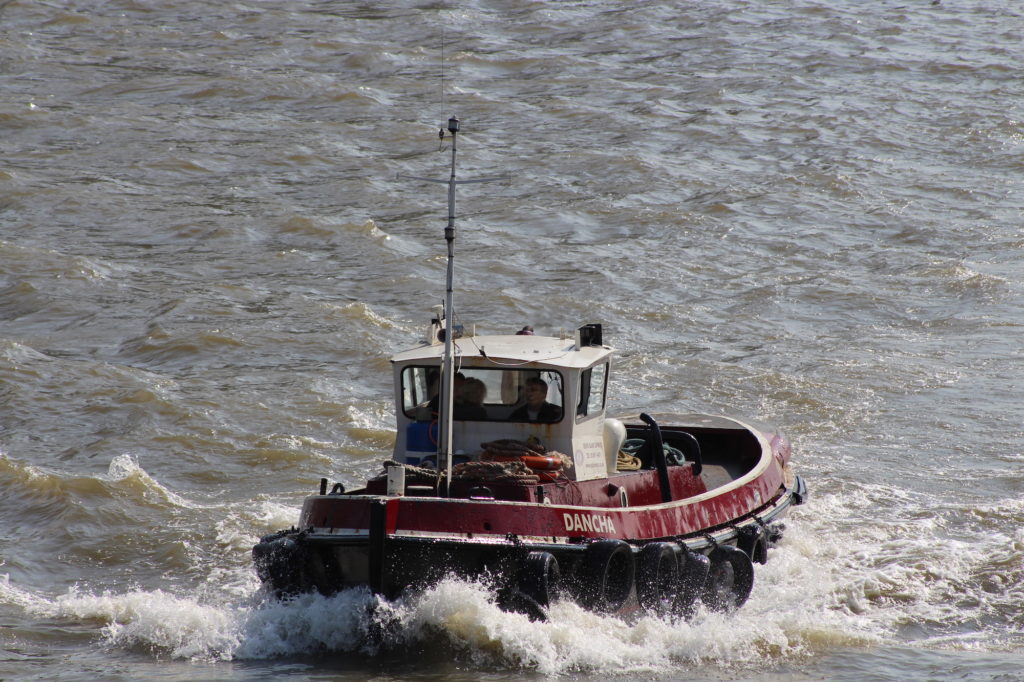
These are just a few of the many small workboats to be seen along the river but there are many more hidden within structures or tucked in alongside or behind bigger boats. With names like ROSIE, ALFIE, LOVELY BOUY and REBEL, they all have their own characteristics and are fun to watch. But make no mistake, their skippers need a lot of skill to handle them in the often turbulent waters of the Thames.
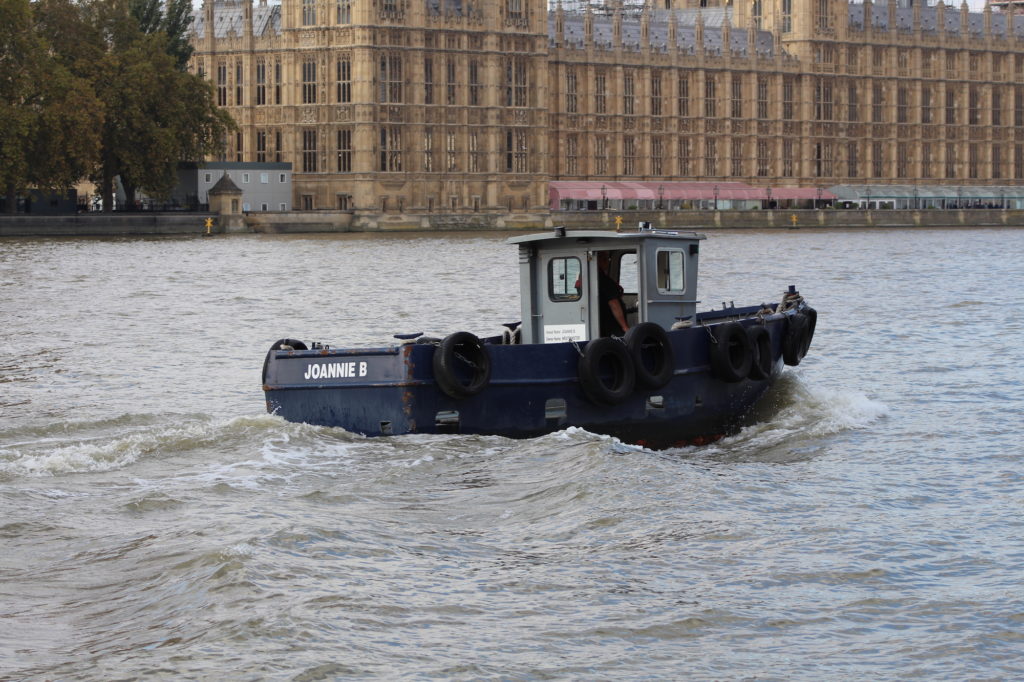
For more information see: https://www.tideway.london @TidewayLondon and follow @RiverLens for pictures of life on the river by an aspiring Waterman ⚓️
